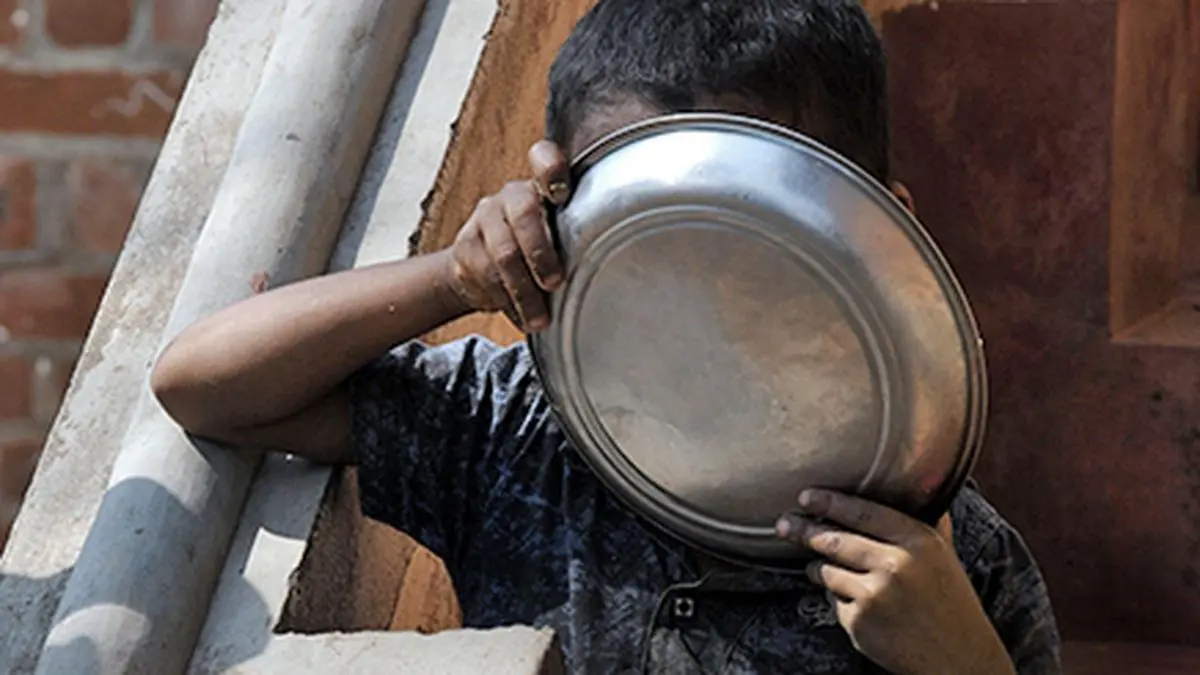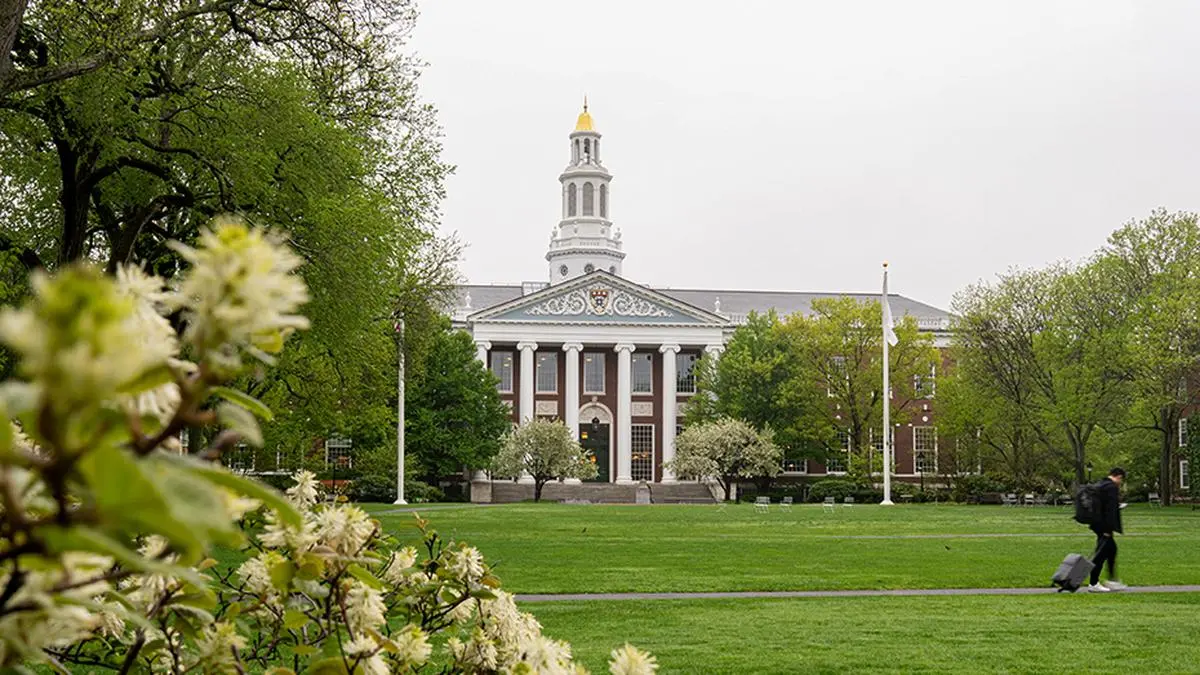Business
Editorial. Not so poor

Some of the brief’s observations are puzzling. For instance, the view that “recent data indicates a shift of male workers from rural to urban areas for the first time since 2018-19” does not sit well with Periodic Labour Force Survey data on rising workforce in agriculture in recent years — or for that matter, arguably with a December 2024 study by the Economic Advisory Council to the Prime Minister that points to a decline in rural to urban migration over a decade. The data noise with respect to India’s socio-economic profile needs serious attention.


Published on April 27, 2025 The numerous DBT schemes could be meeting consumption needs in ways that are not entirely understood. Therefore, ‘freebies’ need to be understood in a more granular way with a view to rationalising them, as each could be distinct in its impact. The brief, which derives its conclusions from the HCESs of 2011-12 and 2022-23, also observes a decline in consumption-based inequality, but adds a caveat that this may not be borne out by income-based inequality assessments. It acknowledges that changes in methodology in HCES 2022-23 over its decade-ago version “present challenges for making comparisons”. The HCES data suggests that the urban-rural gap narrowed from 84 per cent in 2011-12 to 71 per cent in 2022-23 and further to 70 per cent in 2023-24. The brief, meanwhile, makes a sobering observation that the median earnings of the top 10 per cent were 13 times higher than the bottom 10 per cent in 2023-24. Owing to methodological issues, it is hard to say whether this marks an improvement over time.
Business
Trump admin moves to cancel all federal contracts with Harvard in antisemitism crackdown

Harvard though has been front and center in the White House’s campaign, with the administration suspending more than .6 billion in federal research money and saying the school won’t be able to receive new funding. Trump has also repeatedly called for Harvard to lose its tax-exempt status, which would have significant financial implications, even with the school’s billion endowment.


“We needed to move quickly because the consequences of revocation of visas for our international students were dire,” Garber told the Harvard Gazette. There will be a court hearing this week where Harvard will seek to extend the restraining order, he said.Harvard though has been front and center in the White House’s campaign, with the administration suspending more than .6 billion in federal research money and saying the school won’t be able to receive new funding. Trump has also repeatedly called for Harvard to lose its tax-exempt status, which would have significant financial implications, even with the school’s billion endowment.Homeland Security Secretary Kristi Noem has argued that Harvard’s responses to the government’s requests to provide information about misconduct by foreign students were insufficient.Administration officials are pressuring schools including Columbia, Cornell, Northwestern and other elite universities to institute broad policy changes, raising concerns over academic freedom, free speech and government interference. On Tuesday, Secretary of State Marco Rubio ordered US embassies worldwide to stop scheduling new interviews for student-visa applicants as the Trump administration weighs stricter vetting of social-media profiles, a move that will impact higher education across the country.The letter, first reported by the New York Times, asks agencies to report on their “actions or intended actions with respect to each referenced contract” by June 6.More stories like this are available on bloomberg.comPublished on May 27, 2025 President Donald Trump’s administration is moving to cancel all remaining federal contracts with Harvard University, marking the latest escalation of its battle against the oldest and richest US school. Federal Acquisition Service Commissioner Josh Gruenbaum, in a letter seen by Bloomberg News, is directing federal agencies to review their contracts, terminate those that they deem not critical and transition to other vendors if necessary. The contracts are worth an estimated 0 million, according to a person with knowlege of the matter, who asked not to named discussing the administration’s moves. The government has sought a series of changes as a condition of continuing its financial relationship with the university. It has demanded the university remake its governance, transform admissions and faculty hiring — which the administration has called discriminatory — as well as stop admitting international students who officials say are hostile to American values. Harvard President Alan Garber, who’s Jewish, has apologized for Harvard’s handling of antisemitism on campus and acknowledged that he has experienced prejudice himself at the school. But he has also said the extent of the government’s demands show that “the intention is not to work with us to address antisemitism.” The university has sued the US government over the cuts to funding as well as the block on enrolling international students. The university last week won a temporary court order blocking the government from enforcing the foreign student ban.
Business
COVID-19 cases rise in Karnataka, Bengaluru leads the spike
Karnataka has seen an uptick in COVID-19 cases, with the State reporting 80 Active cases, as of Monday. Bengaluru recorded the highest number of cases among all districts, with 73 active cases. The remaining cases were reported from Bengaluru Rural (2), Dakshina Kannada (1), Mysuru (3), and Vijayanagar (1).Published on May 26, 2025 At the national level, active COVID-19 cases stood at 1,009 on Monday, according to a Hindu report. This is a significant rise from 257 active cases on May 19, with states such as Kerala, Tamil Nadu, and Maharashtra reporting a spike.The state reported 135 positive cases from the 191 tests conducted in the past 24 hours.The NB.1.8.1 variant was detected in Tamil Nadu in April, while four cases of the LF.7 variant were reported in May. The World Health Organization (WHO) has classified both LF.7 and NB.1.8.1 as Variants Under Monitoring (VUMs), not as Variants of Concern (VOCs) or Variants of Interest (VOIs). These variants are believed to be driving the recent surge in COVID-19 cases in China and other parts of Asia.
Published on May 26, 2025 The NB.1.8.1 variant was detected in Tamil Nadu in April, while four cases of the LF.7 variant were reported in May. The World Health Organization (WHO) has classified both LF.7 and NB.1.8.1 as Variants Under Monitoring (VUMs), not as Variants of Concern (VOCs) or Variants of Interest (VOIs). These variants are believed to be driving the recent surge in COVID-19 cases in China and other parts of Asia.The state reported 135 positive cases from the 191 tests conducted in the past 24 hours.At the national level, active COVID-19 cases stood at 1,009 on Monday, according to a Hindu report. This is a significant rise from 257 active cases on May 19, with states such as Kerala, Tamil Nadu, and Maharashtra reporting a spike.Karnataka has seen an uptick in COVID-19 cases, with the State reporting 80 Active cases, as of Monday. Bengaluru recorded the highest number of cases among all districts, with 73 active cases. The remaining cases were reported from Bengaluru Rural (2), Dakshina Kannada (1), Mysuru (3), and Vijayanagar (1).
Business
Below the Line
Hogging the limelight
Joining on the stage with the IT company’s CEO Christian Klein and other top SAP executives were Abhinav Gupta, SVP, Enterprise Product, NBC Universal; Anand Radhakrishnan, CIO, KIND; and Aravind Srinivas, Co-Founder and CEO, Perplexity. Praveen Moturu, Global Vice President–Digital Platforms, Mars Information Services, Inc, addressed the customer success keynote. They shared their respective company’s association with SAP to a packed audience at the Orlando Convention Centre.Published on May 25, 2025
Letter to father
Sibling dispute is common in a family-owned business or political party which is synonymous with a family. Kalvakuntla Kavitha, the daughter of BRS Founder-President KCR, dropped a bombshell last week, sending shockwaves among the party cadre and leaders. In a letter to her father, which was “leaked” to the media, she gave a scorecard of his speech at the party’s foundation day. While praising him on a few counts, she flagged some negatives that “disappointed” her. She even questioned his decision to go slow on criticising the BJP, which is cutting into the party’s vote bank across the State. The party cadre wished that the leadership would dismiss it as a fake letter.
The US President Donald Trump’s repeated claims of brokering peace between India and Pakistan following the recent military conflict between the two countries have posed big problems for the the External Affairs Ministry. Confronted at various forums, both within the country and outside, with the question on the US’ role in the peace talks, the diplomatic skills of Foreign Minister S Jaishankar and his team are being put to the severest test.So much so, Jaishankar was forced to come up with the quip that the “US was in the United States”, when recently asked about the country’s role in the Indo-Pak cessation of hostilities by Dutch TV, indicating that it was too far away to have made a difference.

The US President Donald Trump’s repeated claims of brokering peace between India and Pakistan following the recent military conflict between the two countries have posed big problems for the the External Affairs Ministry. Confronted at various forums, both within the country and outside, with the question on the US’ role in the peace talks, the diplomatic skills of Foreign Minister S Jaishankar and his team are being put to the severest test.Maintaining that the ceasefire was reached by the two countries through bilateral talks was difficult and creditable.
Hogging the limelight
Joining on the stage with the IT company’s CEO Christian Klein and other top SAP executives were Abhinav Gupta, SVP, Enterprise Product, NBC Universal; Anand Radhakrishnan, CIO, KIND; and Aravind Srinivas, Co-Founder and CEO, Perplexity. Praveen Moturu, Global Vice President–Digital Platforms, Mars Information Services, Inc, addressed the customer success keynote. They shared their respective company’s association with SAP to a packed audience at the Orlando Convention Centre.Her brother, KTR, who is also the Working President of the party, tried to douse the fire, saying that the leaders should discuss issues, if any, internally. Our Bureaus
Letter to father
At the keynote of the SAP Sapphire event organised by German IT company SAP at Orlando in the US last week, there was a strong line-up of top Indian executives of large global multinational.Published on May 25, 2025 Sibling dispute is common in a family-owned business or political party which is synonymous with a family. Kalvakuntla Kavitha, the daughter of BRS Founder-President KCR, dropped a bombshell last week, sending shockwaves among the party cadre and leaders. In a letter to her father, which was “leaked” to the media, she gave a scorecard of his speech at the party’s foundation day. While praising him on a few counts, she flagged some negatives that “disappointed” her. She even questioned his decision to go slow on criticising the BJP, which is cutting into the party’s vote bank across the State. The party cadre wished that the leadership would dismiss it as a fake letter.Will India’s polite rebuttals need to become more direct? Well, that may depend on how seriously Trump pursues the matter in the future. If he is hoping for a Peace Prize, we may have not heard the last on this yet!
-

 india2 years ago
india2 years ago“Major Crash of Sukhoi Su-30 and Mirage 2000 Fighter Jets in Madhya Pradesh”
-

 Sports2 years ago
Sports2 years agoWFI meetings on April 16, elections likely to be discussed
-

 india1 year ago
india1 year agoPM Modi Meets Deve Gowda for Seat Sharing Talks
-

 india1 year ago
india1 year agoBengaluru: False threat to bomb Raj Bhavan
-

 india2 years ago
india2 years ago“AIMIM to Contest 50 Seats in Upcoming Telangana Assembly Elections”
-

 Entertainment1 year ago
Entertainment1 year agoAnant Ambani: Controversy at the Ambani Pre-Wedding Bash
-

 Karnataka2 years ago
Karnataka2 years agoWomen have to show their Aadhaar to travel free on KSRTC bus
-

 Entertainment2 years ago
Entertainment2 years agoRajinikanth is Moideen Bhai in ‘Lal Salaam’






